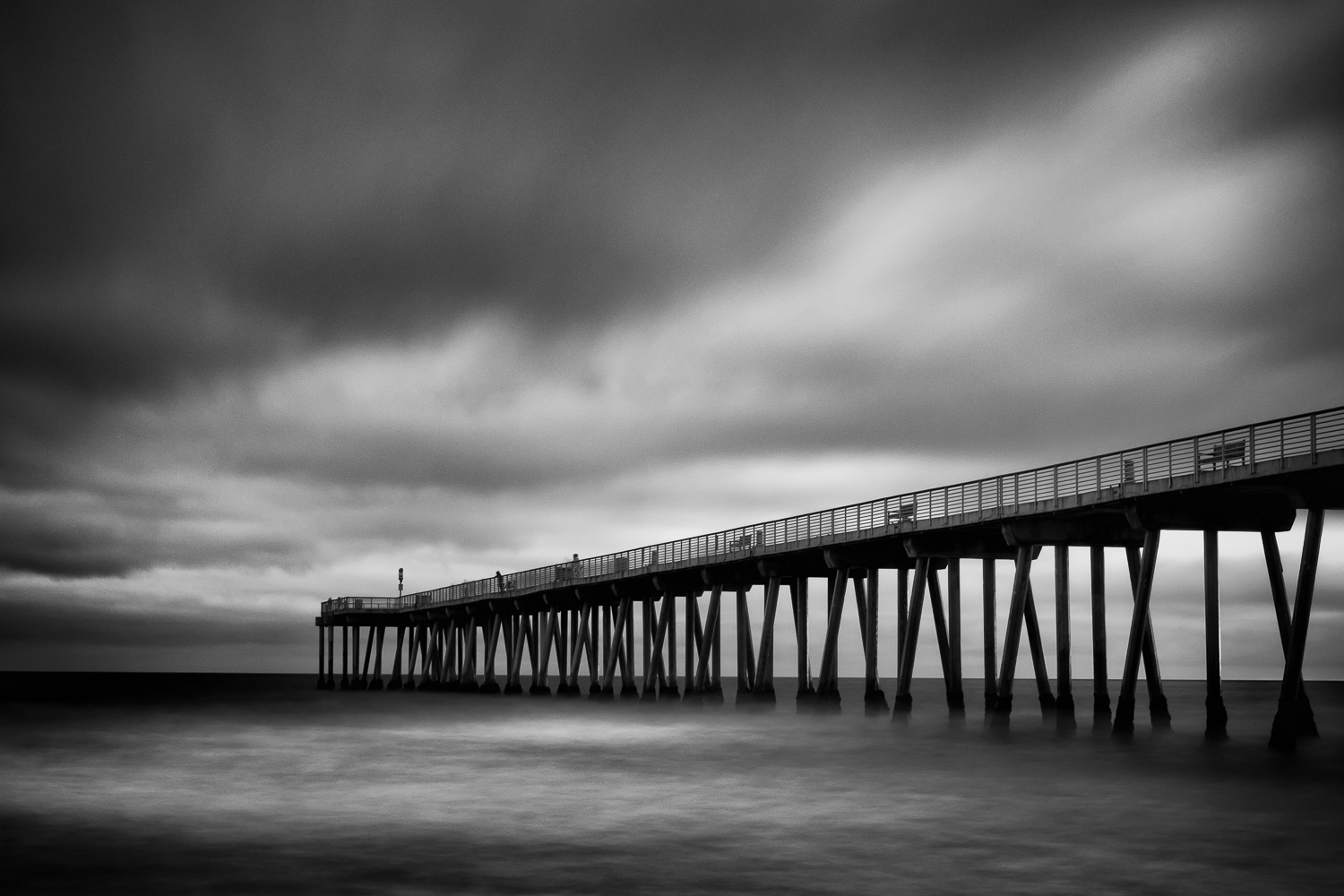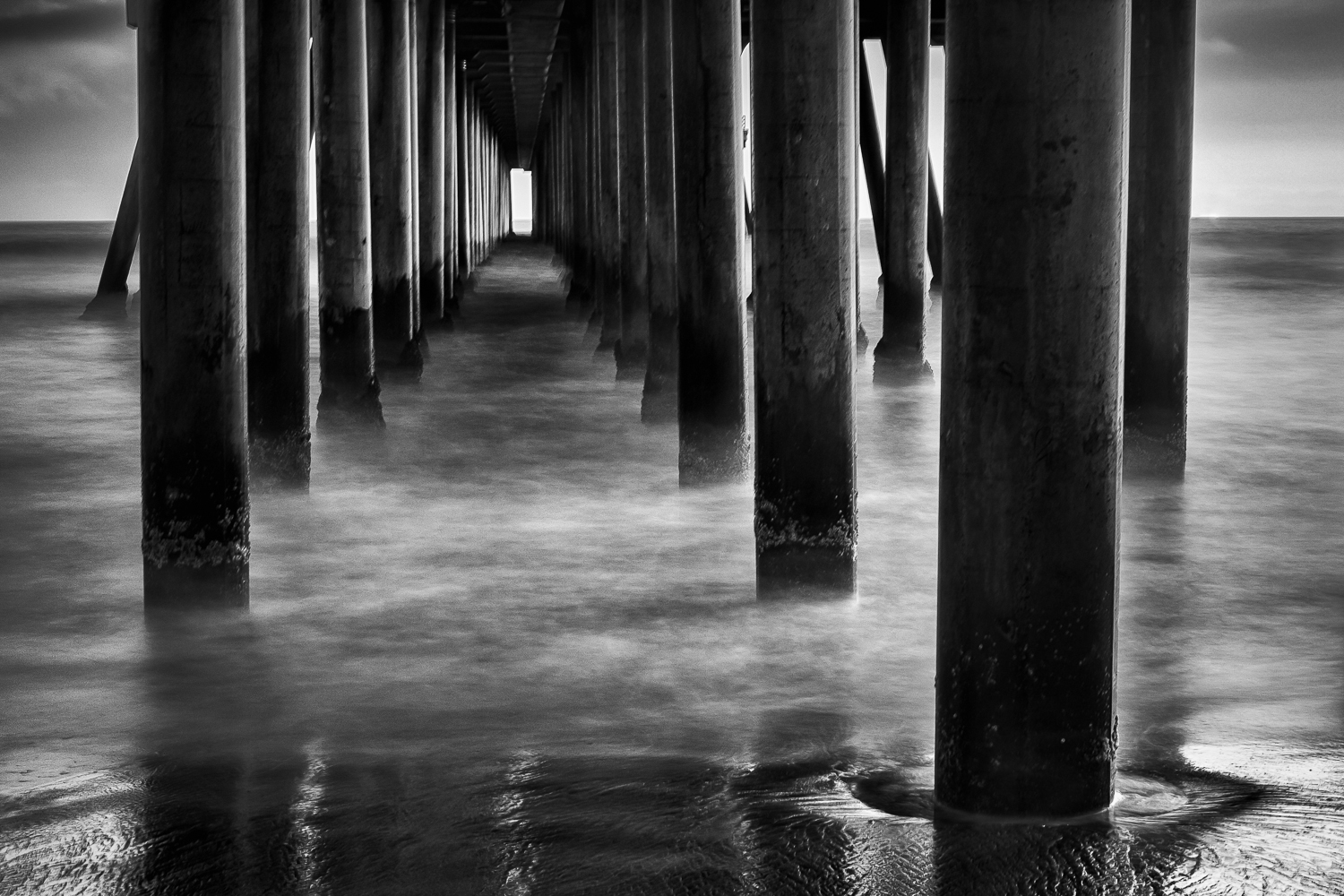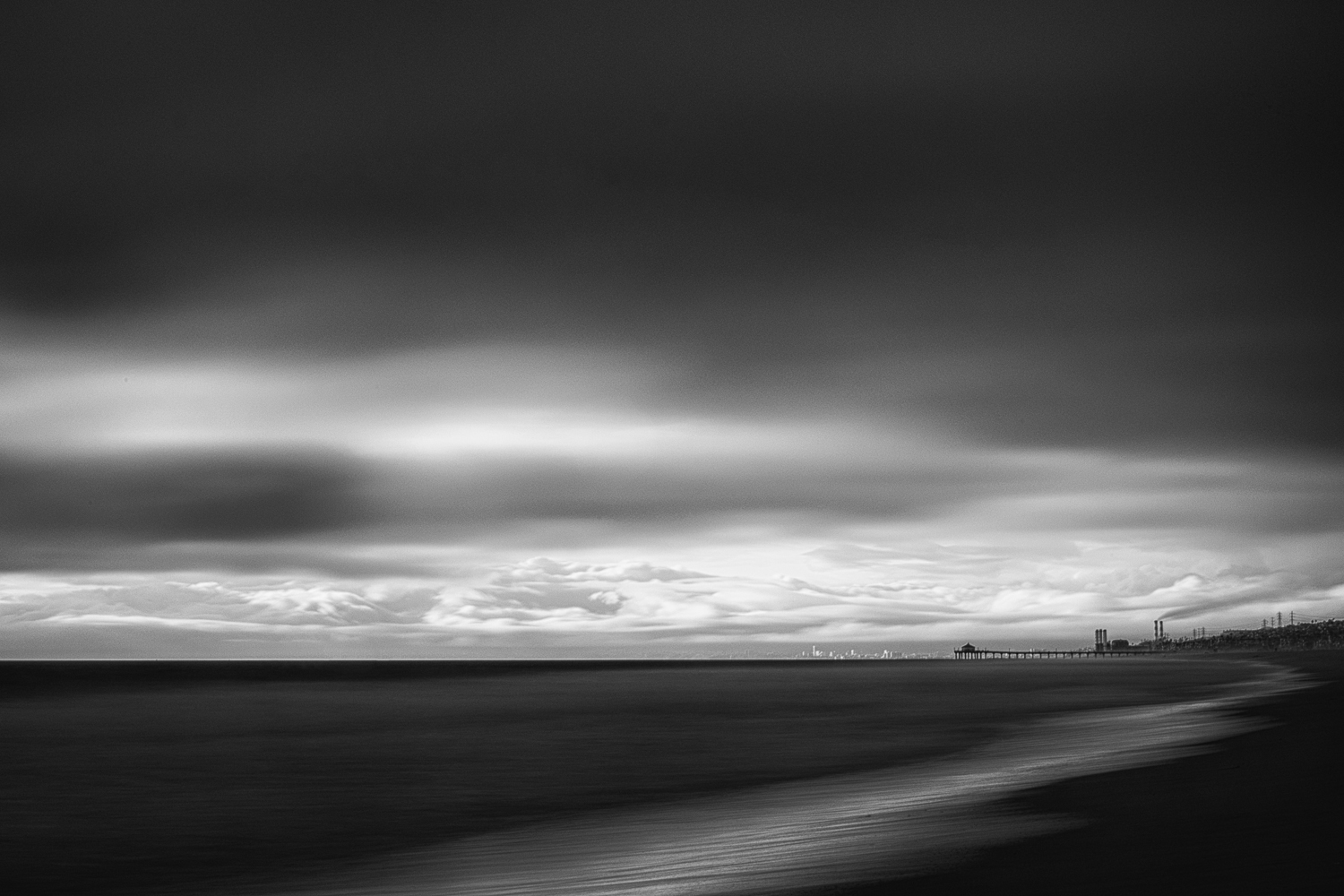This post has been a long time coming now. Ever since I decided some months back that I wanted more from my gear than what the X100 was providing, I started researching my next camera purchase. As any one that knows me can tell you, I'm big on research. Big on reading up on anything I want to buy. Once I start, I can become obsessive with my need to know just about everything there is to know about whatever I'm researching. Maybe it's the engineering part of my brain. Whatever the reason, I have a tendency to get lost in the details. Long story short, my X100 now sits along side an X-Pro1 and a 35mm prime. One heck of a collection, but what gets me is that I'm still researching. Still unsure if I made the right decision to stick with Fuji. Still wondering if I should have gone back to a DSLR or given micro four thirds another try.
It didn't really hit me how lost in the weeds I was until I read this post on Patrick LaRoque's blog. Now granted, I have never obsessed about the sharpness of any lens I have ever owned, but I have and am obsessing far too much about the gear in my bag. I have completely lost focus of what I want to do with my photography and the fact that it's the photographs that matter. I know very well that no one really cares about what I'm shooting with. No one cares if a photograph was made using a full frame camera or an iPhone, with a super sharp 35mm lens or a cheap plastic 50. What they care about is the photographs I share and the fact that they make me want to go create more photographs.
It's funny how many times I have been down this road in the past five years. As much as I enjoy the craft of photography, I'm also fascinated by the tools that I use to make the photographs. I really do love the technology behing it all. As much as I hate to admit it, I'm still very much a geeky engineer at heart. I know that I'll continue to obsess because it's just in my nature, but hopefully these words will serve as a small reminder of what it is that I should be obsessing about.








